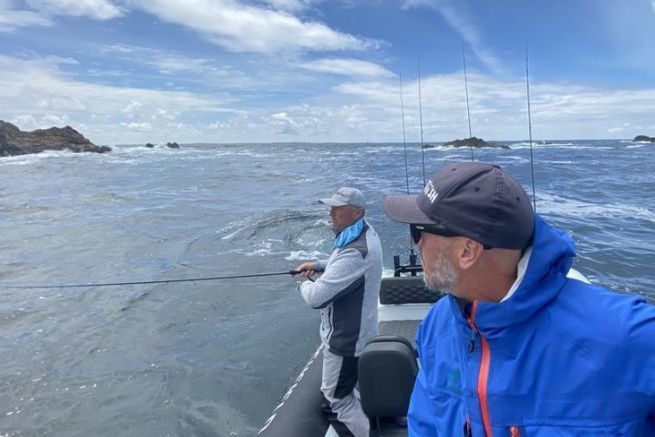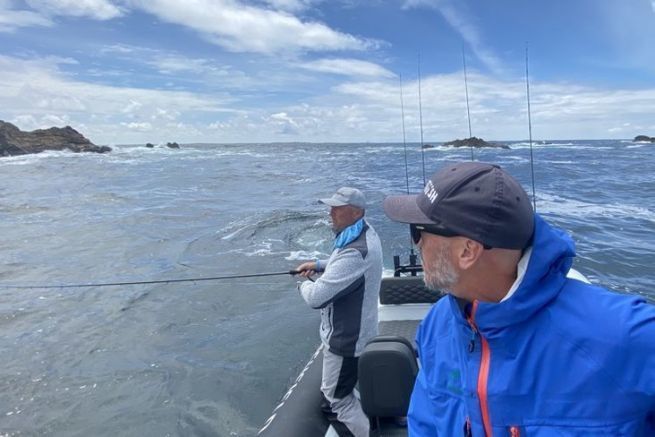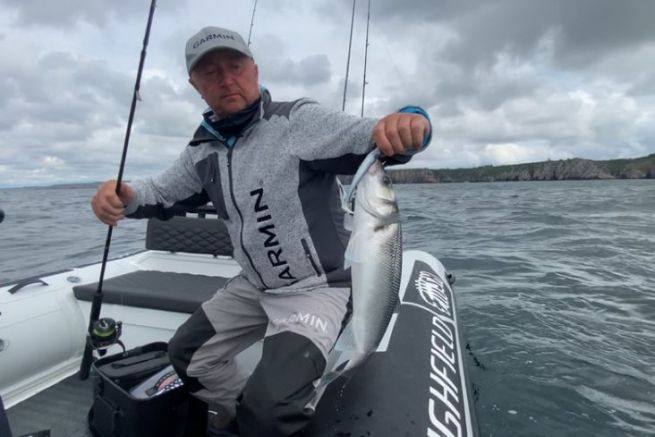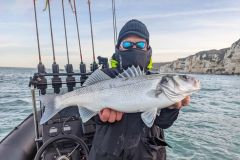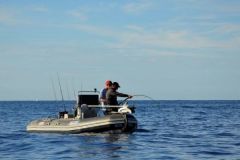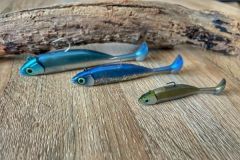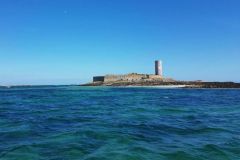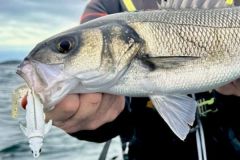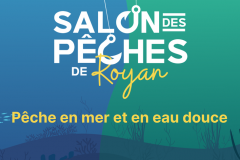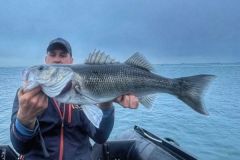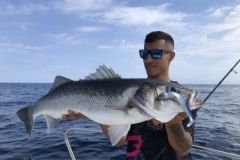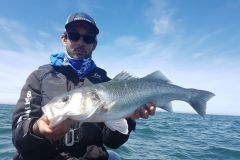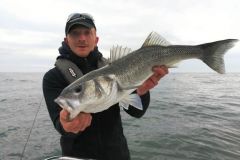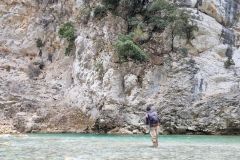When you have a boat, it is not uncommon to want to fish. But how should a beginner go about it? We took advice from two specialists: Matthieu Guennal, creator of the lure brand Fiiish and Fred Lavion, Garmin electronics manager. These two fishing lovers served as our private teachers. And with two fine rods like them on board, the fish soon took the bait.
During these 2 days of "training", they will explain to us how fish live and what are the techniques to catch them. With them, we will see the material to be taken on board and how to animate the lures according to the fishing methods.
To begin, you must choose your fishing area.
Do not go offshore
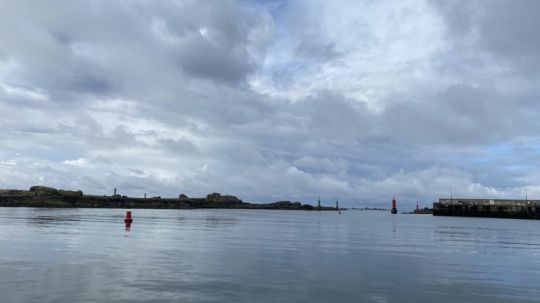
To start fishing, you have to choose your spot. One of the mistakes made by beginners when they leave the harbor is to head for the open sea, to go far away. But there is very good fishing to be done on the edges. And who says edge, does not say small fish. On the contrary! The big ones are on the edges where they eat crab and enjoy the warm water. Moreover, the biggest fish are often caught in the estuaries where they find mullets, eels, crabs: the big sedentary fish isolated (often more than 90 cm) feed there. Offshore, we will find schools where the fish are all the same size (between 2 and 3 kg).
In the middle of a rocky plateau
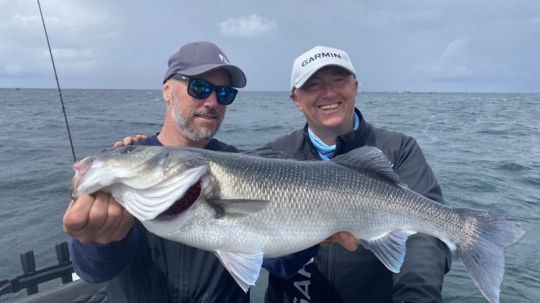
To demonstrate this, Matthieu took us to the Etocs plateau just outside the port of Guilvinec. This rocky plateau, open to the south, is very exposed to the swell and the current. And inside this plateau, where there is less water, there are grass beds, sandy corridors, and rock heads in which, at high tide, the fish will move and feed.
The shallower waters are warm. The corridors form accelerations of current where the bars are at the exit to eat the small fishes come in the herbariums to feed and to warm up.
on the ebb tide, the fish are at the exit of the channels. On the flood tide, they are bursting in the whole area and go up in the sea grass beds to feed everywhere. This point of Penmarh is an interesting area, because just before, further out, there is still 80 m of bottom. And on the edges of the plateaus, there is just 3 meters of water. At the time of the high tides, in September, there are large concentrations of big fish.
euros the exit of the channel, the zone is good when the weather is good and warm, because the fish come closer. It is also true then by big coefficients which drive out all the water, the fish come then to feed there.
Knowing how to "read the water
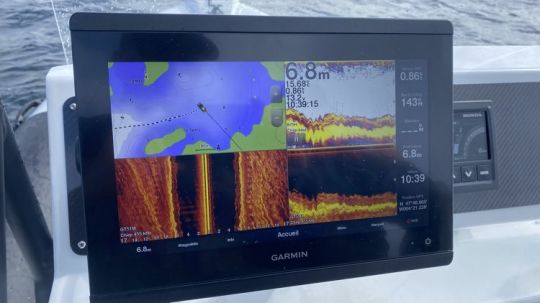
To see which way the current is going, we look at the sea: we can see the smooth and the disturbed areas. Behind the rock, the zone is smooth, in front of it is disturbed. The current moves from a disturbed area to a smooth area.
For beginners, the easiest way is to fish rocks that emerge. It's easier to understand when you see the rock. You fish by sight in the moss. With experience, you become aware, helped by the sounder, that there are also rocks underwater, with areas of current that are good and often less fished
Search for current areas

For fishing, you must always keep in mind the time of the tide at which you are. In Brittany in particular, sea bass tend to concentrate, to school on the ebb tide. On the flood tide, the fish scatter, break up and are found everywhere. This is why it is really important to know the positions at ebb tide (especially at the exit of the channels) and there is a crucial moment which is the last hour before the slack water where the big fish will come to concentrate and enter the holes, in the areas where they will rest during the slack water. Slack water, for the fisherman, lasts a good hour, the whole period before the current starts again in the other direction. Lazy, the fish uses the current veins to move.
The tidal coefficients are linked to the moon. The more the coefficients are strong, the more the currents are marked and therefore favourable to fishing. But the coefficients are also linked to the moon which influences fishing. When there is too much light at night, the fish remain active, they feed at night. And it is therefore more difficult to fish during the day, because the fish is already stuffed, it has a full stomach. So on full moon days, it is better to go fishing at night. It is also extremely interesting to fish with a soft surface lure at this time.
Finally, the winds bring food, which fishermen call "feed". This can also bring fish to an area.
Find all the fishing news on Fishing.news
